There’s no question that ergonomics plays a crucial role whenever you need to sit for prolonged periods of time. Properly supporting your spine and its surrounding tissues while you sit can take a great deal of load off your neck, back, and other joints.
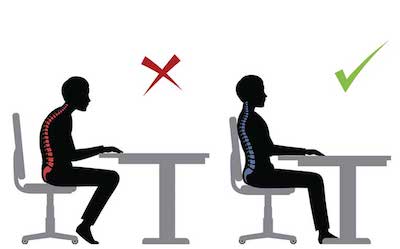
Find the best ergonomic office chair for you.
The good news is that there are many different adjustments you can make to your office chair to ensure that it fits you perfectly. So, today, we decided to give you some ergonomic tips for synchronizing your work station and office chair.
Contents
4 Ergonomic Tips For Synchronizing Your Work Station And Office Chair
#1: Place Your Upper Arms Parallel To Your Spine:
This is probably one of the best ergonomic tips we can give you. Overall speaking, you should keep your upper arms comfortably placed parallel to your spine, and your forearms and hands rested on the work surface.
Placing your arms unusually high or low can place stresses on your shoulder joints and the upper back, causing pain.
Check out the best ergonomic kneeling office chairs.
#2: Raise Your Chair:
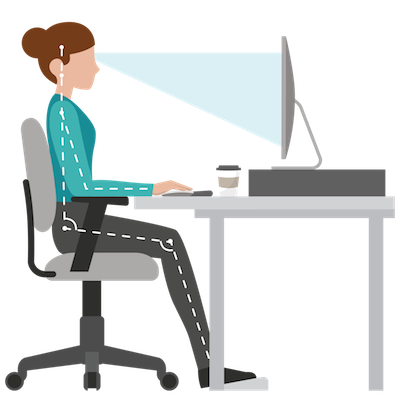
It’s amazing that there is still a lot of people who just don’t adjust the seat height of their office chairs. However, adjusting it to the right height allows you o get more support.
The truth is that when your seat is too low, you will end up bending your upper body more while attempting to get up, which in turn causes increased stress on your hips, knees, and ankle joints.
Discover where to buy the best office chairs under 200.
#3: Use Your Feet For Support As Well:
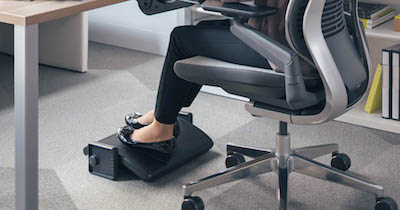
When you work in an office, it is natural that al the office chairs are the same for all employees. However, this may mean that some may not be as comfortable as the others.
Office chairs are made to the average user. So, when you are a short person, for example, you may find it difficult to have your feet flat on the ground even when your seat is at the lowest level. So, in this case, you should consider using a footrest.
Discover the best office chairs for a short person.
#4: The Depth Of Your Seat:
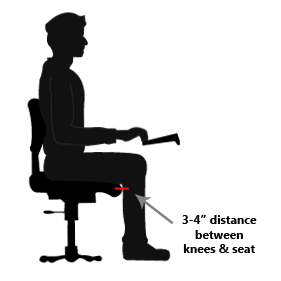
In hat concerns to ergonomic tips, many people don’t even remember that the depth of their seats also plays an important role.
Seat depth refers to the length between the back edge and the front edge of your seat.
To check for proper seat depth, first, sit all the way back in your chair. Then, check the room between the front edge of your chair and your calves by making a fist and bringing it to the edge of the chair and pushing it on the calf. If you can fit your full fist between the front edge of the chair and your calf, you likely have enough space for blood circulation. If not, your chair is likely too deep.
Moving the chair’s backrest forward, inserting a cushion, pillow, or rolled-up towel to support your lower back, or changing your office chair are some possible solutions to this problem.

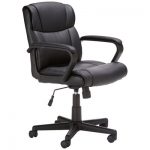

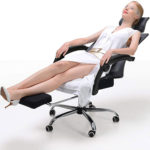
![10 Best Office Chairs For Sciatica [2020 Back Pain Guide] 10 Best Office Chairs For Sciatica [2020 Back Pain Guide]](https://bestofficechair.org/wp-content/uploads/2018/05/best-office-chair-for-sciatica-150x150.jpg)
![Top 15 Reclining Office Chairs Reviewed [2018 Definitive Guide] Top 15 Reclining Office Chairs Reviewed [2018 Definitive Guide]](https://bestofficechair.org/wp-content/uploads/2018/09/office-chair-that-reclines-for-naps-150x150.jpg)
![12 Best Office Chairs For A Short Person [Top 2020] 12 Best Office Chairs For A Short Person [Top 2020]](https://bestofficechair.org/wp-content/uploads/2018/05/best-office-chair-for-short-person-150x150.jpg)

